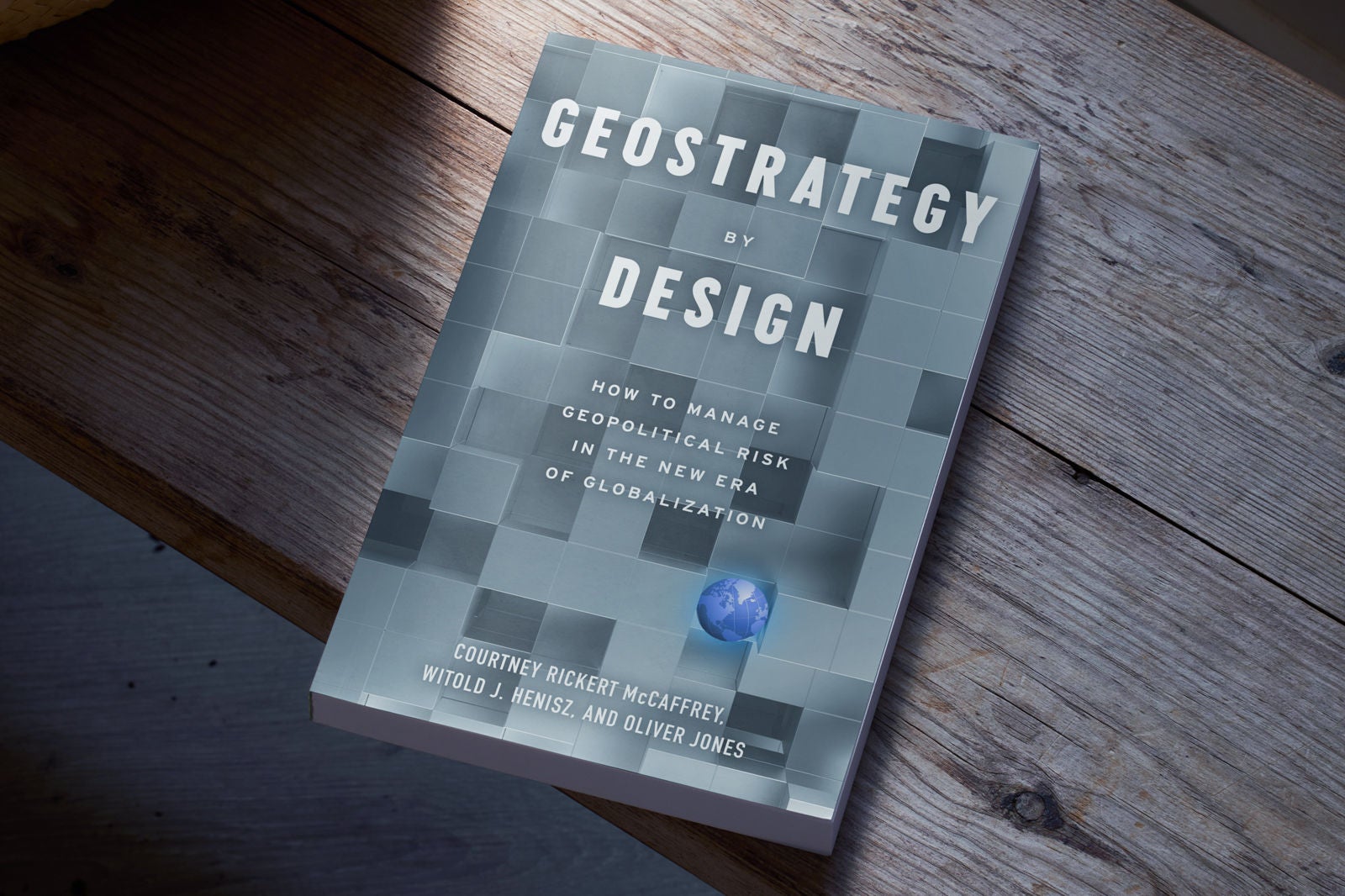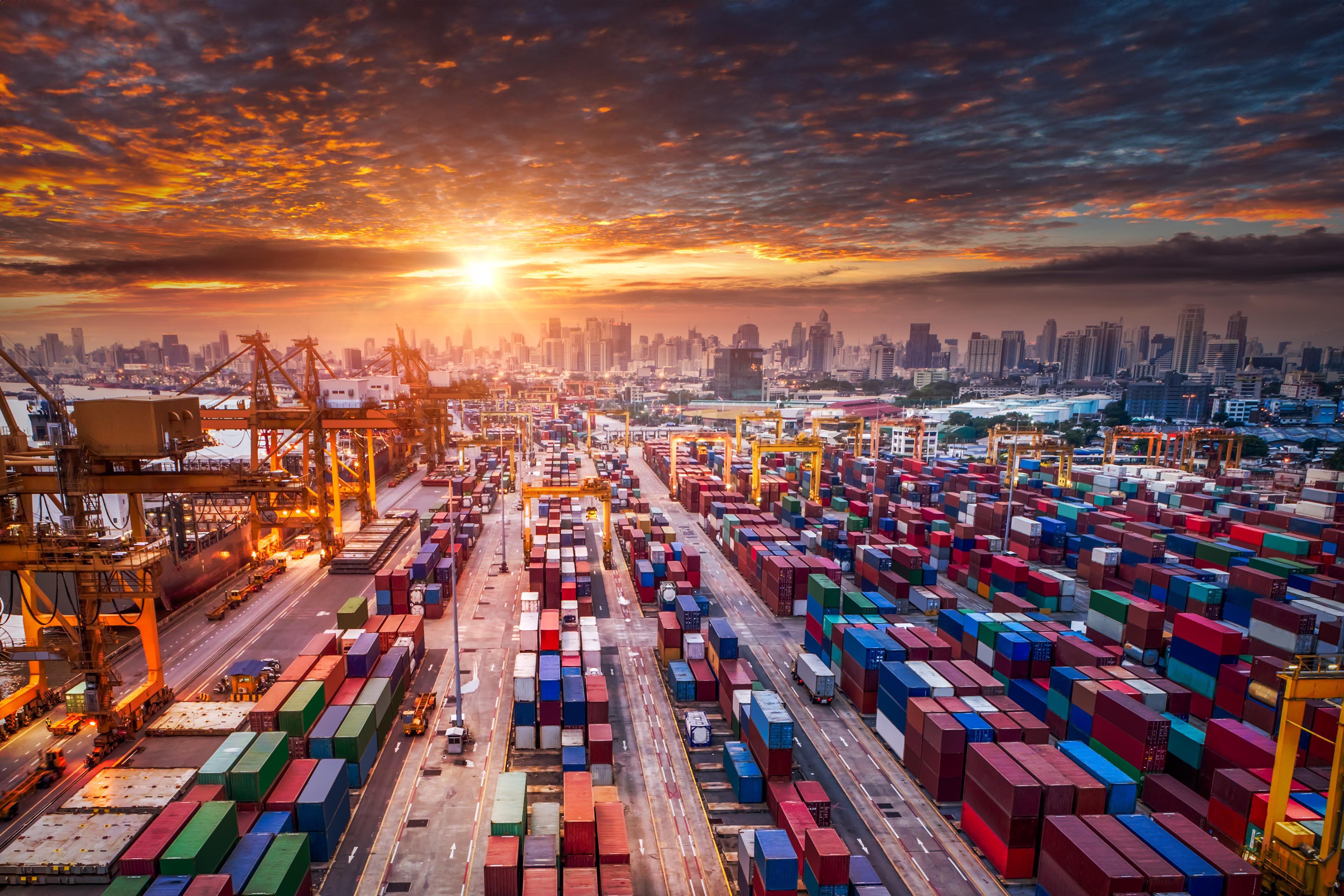What happened
European imports of Russian energy have fallen drastically6 since 2022, but reliance on Russian gas remains high at 19% of total imports, despite the Russia-Ukraine gas transit deal ending in 2024. This poses economic security risks and undermines the EU’s efforts to isolate Russia economically.
Building on the REPowerEU 2022 program that aims to end the EU's dependency on Russian fossil fuel imports and accelerate the transition to clean energy, the European Commission in early May presented a roadmap7 for a gradual removal of Russian gas, oil and nuclear energy from EU markets, as the bloc diversifies energy supplies and continues its clean energy transition.
According to the new roadmap, EU member states will be barred from signing new contracts for Russian gas, with all remaining Russian gas imports ending by the end of 2027; measures to reduce reliance on Russian oil, nuclear fuel and uranium imports will be less stringent.
What’s next
Legislative proposals to implement the Commission’s plan will be presented in June and must be approved by a majority of EU member states and the European Parliament. If approved, member states would have to present plans by the end of the year on how they intend to phase out Russian energy imports.
Meanwhile, member states and the EU will step up efforts to invest in liquefied natural gas (LNG) projects abroad and increase energy imports, notably gas, from countries including8 the US, Norway and Qatar, and accelerate the transition to renewable energy sources. A European commitment to increase US LNG purchases could also help ease transatlantic trade tensions.
Business impact
European gas prices will primarily depend on gas demand from Asia and the availability of US LNG as Europe’s ambition to phase out Russian gas has been largely priced in. European buyers will likely need to outbid other LNG consumers to secure the required cargoes. Global gas producers are therefore likely to enjoy higher prices for their products. European policymakers and energy executives should continue to be proactive on pricing to safeguard energy security.
European gas prices are significantly higher than US prices, a challenge for the competitiveness of energy-intensive European companies, particularly in context of higher US tariffs. Manufacturers and other significant energy consumers in Europe should explore process and product innovations that enhance their energy efficiency in order to control costs.
For more information, contact Andrew Horstead, Famke Krumbmüller.










